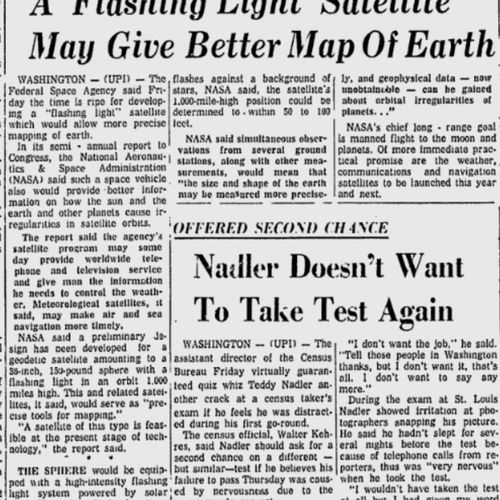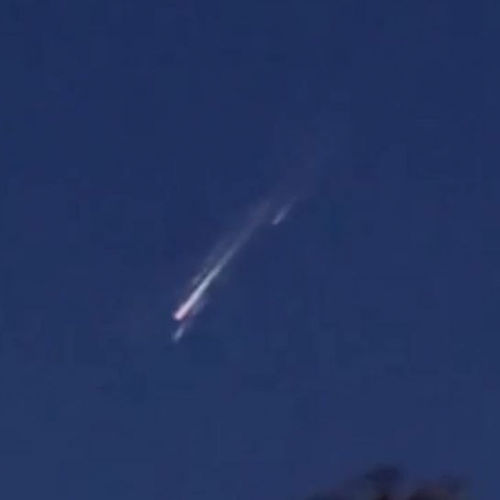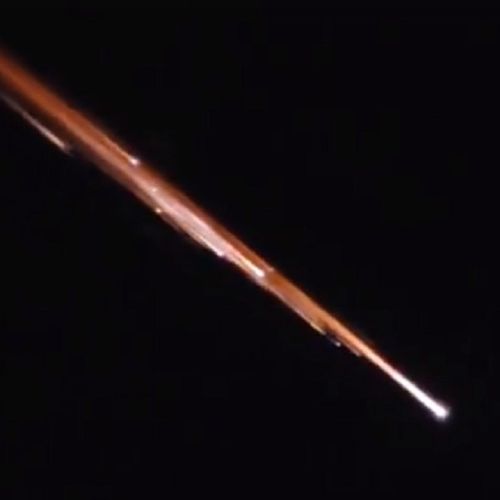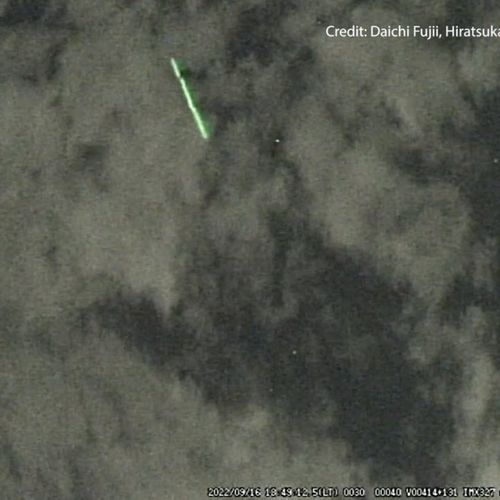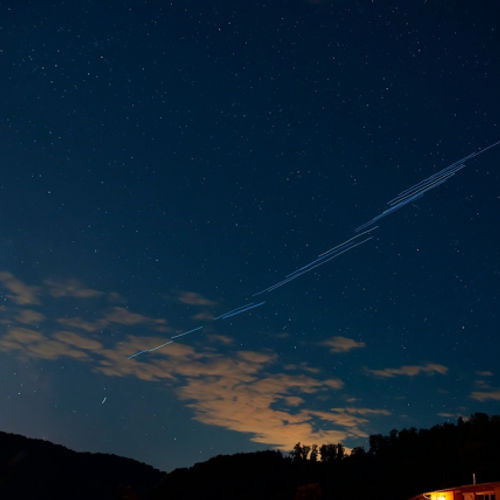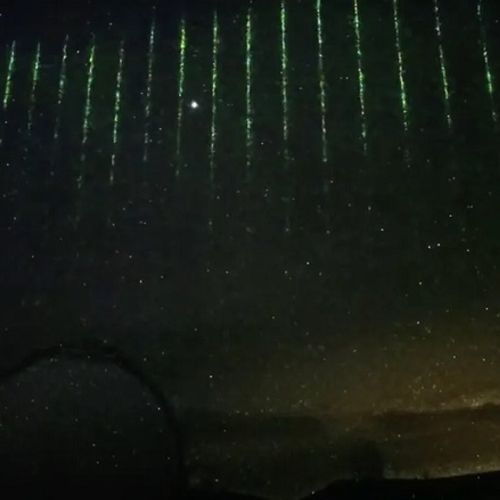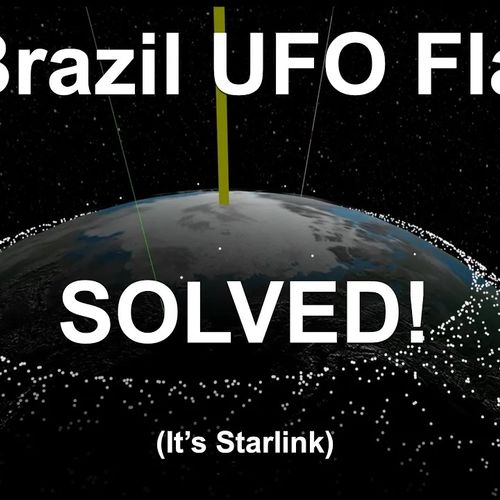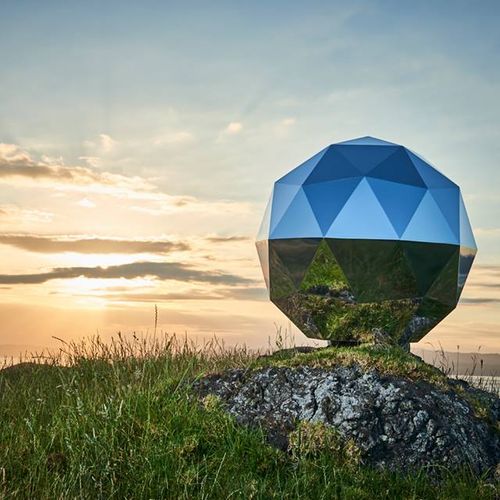
| Added | Mon, 10/06/2024 |
| Источники | |
| Дата публикации | Thu, 25/01/2018
|
| Версии |
Yesterday, a message appeared on the official Rocket Lab Facebook page:
Meet the "Star of Humanity" — a bright, twinkling satellite orbiting the Earth, visible to the naked eye in the night sky. Launched last week on #StillTesting, The Humanity Star is designed to encourage everyone to seek and ponder our place in the universe. Track the location of The Humanity Star on www.TheHumanityStar.com
The specified page contains a brief description of the satellite, a tracker for tracking its position in orbit and a short FAQ.
The Humanity Star, visible from earth to the naked eye, is a satellite with a highly reflective surface that flashes brightly in the night sky for everyone on our planet.
Created by Rocket Lab founder and CEO Peter Beck, The Humanity Star is a carbon fiber geodesic sphere with 65 highly reflective panels. The satellite rotates rapidly, reflecting the sun's rays onto the Earth, creating a flashing light that can be seen against the background of the stars.
Circling the Earth every 90 minutes and visible from anywhere on the globe, the Star of Humanity is intended to be a vivid symbol and a reminder to everyone on Earth of our fragile place in the universe.
The idea of creating a "Star of Humanity" was partly inspired by the phenomenon of the Iridium flare.
Humanity's star will be in orbit for about nine months before it burns up in the Earth's atmosphere. And it will be visible in the night sky from anywhere on Earth at dawn or dusk, when it passes at the zenith above the observer.
In the article Private rocketeers snuck their own “star” into orbit, and it will be visible from earth, they wrote about the issue of satellite visibility.
Quartz resource turned to Kerry Kahoy, a professor of astronautics at the Massachusetts Institute of Technology, with the question of whether this satellite is really "the brightest object in the night sky" as the company claims. The professor and his colleagues examined this issue using publicly available data on the satellite's orbit and size.
"Yes, it can definitely be the brightest object in the night sky if it 'successfully' catches the light," Jim Clark, a graduate student at MIT's STARlab, wrote in an email, adding that their calculations of the satellite's orbit suggest that at the moment it will not be visible at night between latitudes 46° north and 46° south.
Over time, the orbit will tilt, making the satellite visible at dawn and dusk almost everywhere in the world, provided that the observer and the satellite are in the right place at the right time.
Given its low orbit and relatively large mirrors, Humanity's Star may be brighter than most stars in the sky, although not as bright as the planets. Other design features can make it even brighter. At best, it can "be bright enough during the day that even in the tropics will be able to see it," Clark writes.
Other design features could make it even brighter than that. In a best-case scenario, it could “be bright enough during the day that even the tropics will get to see it,” Clark says.
"Observation conditions are poor until the end of February, and only in March will observers on the U.S. mainland be able to easily see the satellite," wrote Jonathan McDowell, a scientist at the Harvard—Smithsonian Center for Astrophysics, who also looked at publicly available data on the satellite's orbit.
P.P.S. The satellite left orbit ahead of schedule on March 22, 2018
Новости со схожими версиями
Log in or register to post comments

